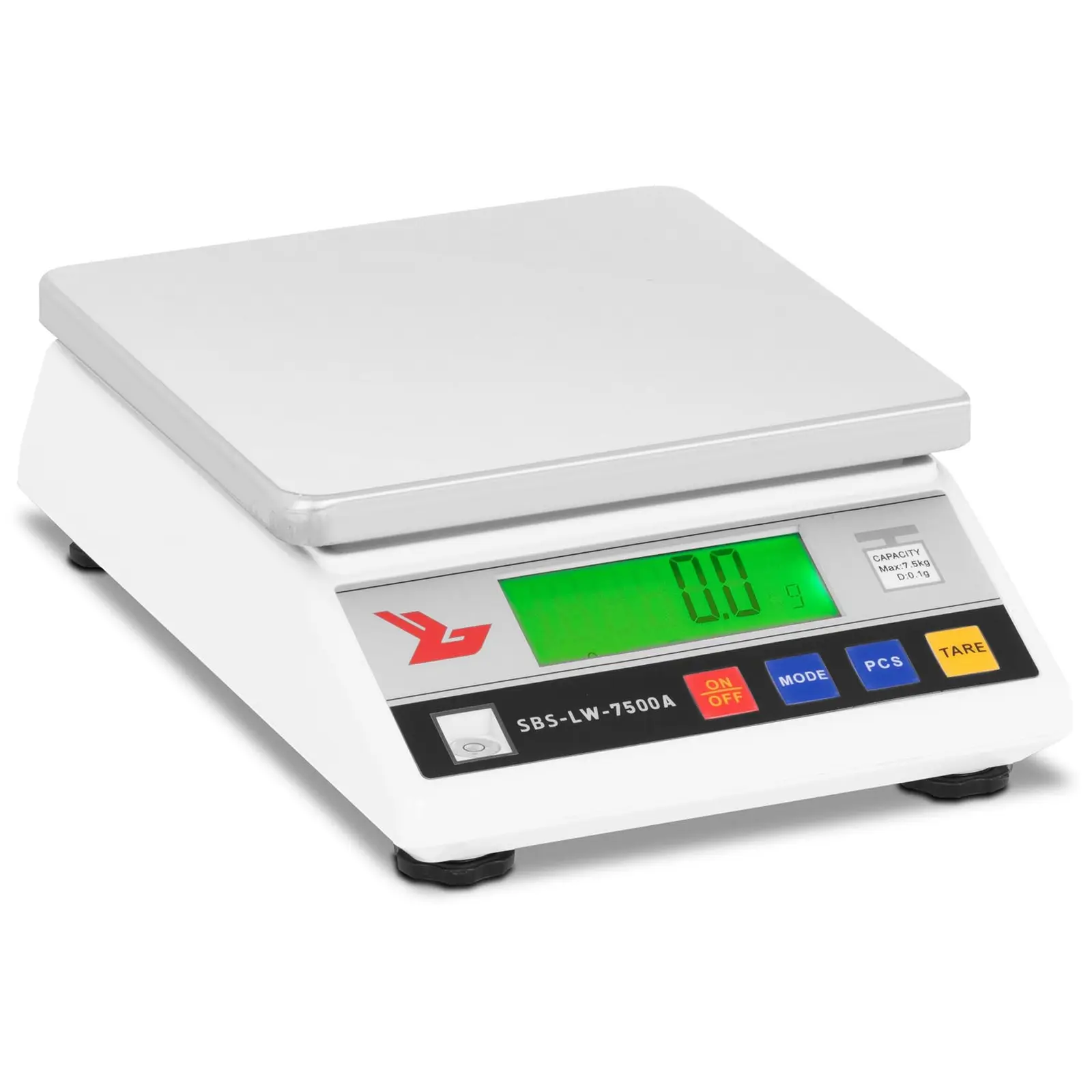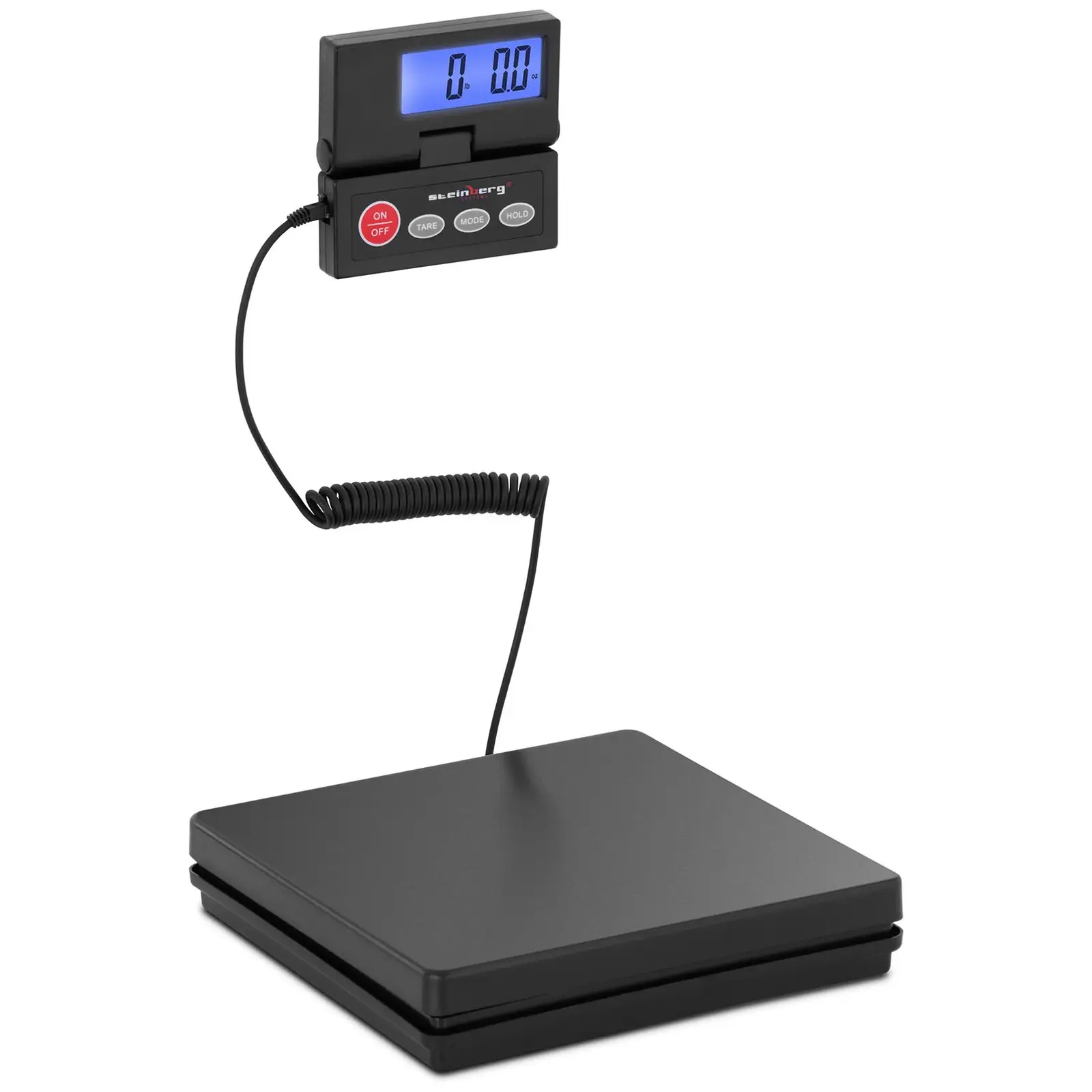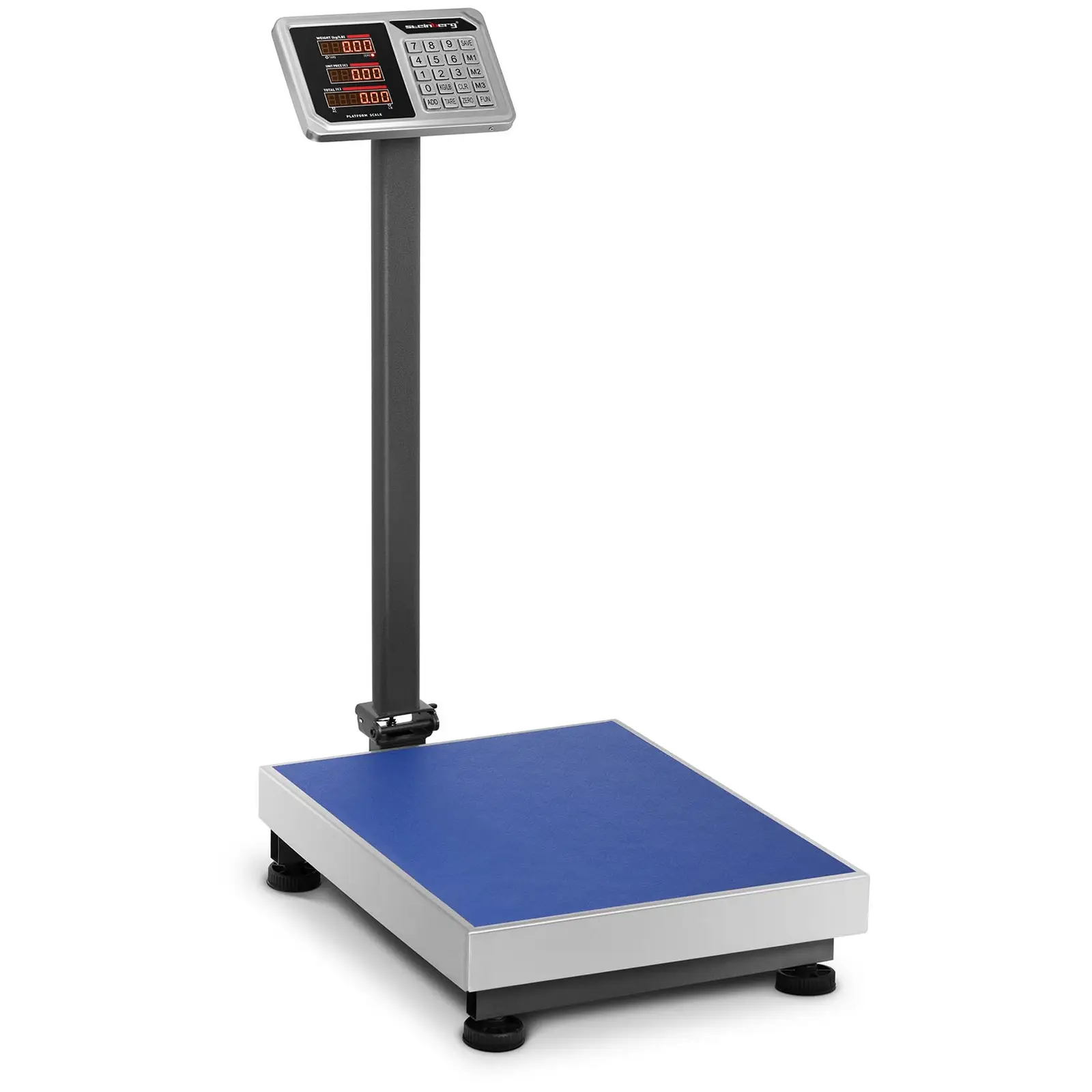Scales are measuring instruments that let you determine the weight of a given item. Thanks to their functionality, scales are irreplaceable in many shops and trade firms, as well as transport and service companies. They are also used in laboratories, pharmacies, jewellery shops and other similar places. Of course, scales are also used at home, usually as bathroom and kitchen scales.

Scales are measuring instruments that let you determine the weight of a given item. Thanks to their functionality, scales are irreplaceable in many shops and trade firms, as well as transport and service companies. They are also used in laboratories, pharmacies, jewellery shops and other similar places. Of course, scales are also used at home, usually as bathroom and kitchen scales.
Different scales are used for different purposes. Those used for measuring large objects are built differently than scales used in grocery shops. In addition to what they are used for and how they are made, scales may also differ in terms of accuracy, i.e. precise measurements. So let’s take a closer look at these weighing instruments. Read on to find out more.
How to distinguish between types of scales depending on their purpose and design?
Scales are used for different tasks. There are therefore several ways to differentiate scales. The easiest way to compare them is according to their design. The most classic type is the balance scale, consisting of two weighing pans that must be balanced with weights and the object to be weighed. Balance scales are one of the oldest types of scales.
Another popular type of scale found today are retail scales. In the past they were similar to balance scales, but they evolved technically with time. Nowadays, retail scales are advanced electronic devices that not only determine the weight of products, but also have additional functions such as calculating the final price based on the weight.
-
Price Computing Scale – certified – 30 kg / 10 g – 32 x 26.3 cm – 6 LED raised display 249.00 €
-
Price Computing Scale – certified – 15 kg / 5 g – 30 kg / 10 g – 23 x 30 cm – dual LCD
-
Checkweigher – 60 kg / 5 g – 30 x 35 cm – 6 LCD raised display 85.00 €
-
Price Computing Scale – certified – 15 kg / 5 g – 30 kg / 10 g – 23 x 30 cm – 2 LED raised display
Another type of scale relatively easy to distinguish are laboratory scales. These professional weighing instruments guarantee a very accurate measurement. Taking advantage of the latest technological solutions, you can connect them to a computer or printer, letting you record the results of the laboratory tests you are running. Laboratory scales can also be found in chemist’s and medical clinics.
Let’s move on to platform scales. These are used in the food industry, in transport, and even in the automotive industry. Platform scales come in many different versions and are generally reliable and have a wide measurement range. They are often used to weigh very heavy loads.
Crane scales are very different to other scales. This is the only type of scale on which you do not place the load to be weighed. Crane scales, as the name suggests, are equipped with a hook on which you hang the load you want to weigh. This type of measuring device is used to way very large items, the weight of which cannot be verified in any other way. They can be used to weigh items weighing as much as a few tonnes. They are generally robust and made of very solid materials. They are most often used in heavy industry and warehouses.
Scale type classification depending on the method of use
Another criterion used for distinguishing different types of scales is the method of use. In this regard, we can distinguish beam, spring, electric and electronic scales. In fact, their purpose may be very different, as well as their measurement ranges, and contrary to the previous classification, the specific type of scale does not always determine its functionality. So let’s move on to a brief overview of specific types of such devices.
Types of beam scales
A beam scale is defined as a portable balance consisting of a pivoted bar with arms of unequal length. One example of such a scale is the previously mentioned balance scale. Another type of beam scale indicates the weight of the item by means of an arrow mechanically connected to the beam system. An example are simple bathroom or kitchen scales that do not require being connected to a power source.
Types of spring scales
Another type of scales classified according to the method of use are spring scales. The key element of their construction is an elastic element, which could be a wire, tape, thread or, of course, a spring. These elements deform under the influence of the weight, thus balancing the force of the weight and that of elasticity. The measuring range and measurement accuracy can vary and depend on the type of elastic element.
Fishing scales are an example of such scales, as well as some crane scales designed for weighing very large loads. In the latter case, the measurement range could even be up to several tonnes.
Crane Scale – 5 t / 1 kg – LED – main features
- Wide range of use – selection of additional functions
- Up to 100 hours of operation without recharging – 6V/4Ah rechargable battery
- Easy readout of the result – clear and bright LED display
- Robust mechanism protection – die-cast aluminium housing
- Convenient long-distance control – remote control with a range of 10 m
Types of electronic scale
Electronic scales work very differently than the previous types. This is because instead of using the rules of mechanics, they are equipped with an electronic indicating system. Using many of the advantages of modern technology, this types of scale has a much wider scope of potential use. Electronic scales can usually be connected to a computer, which is very useful, e.g. for archiving data.
The first type of electronic scales are devices that determine the weight of the load with the help of the user. They are therefore referred to as non-automatic. Electronic scales of this type can have one of four accuracy classes. Class I is the most accurate and class IV is the least. Examples of electronic non-automatic scales are shop scales, laboratory scales, crane scales, storage scales or platform scales, used, among others, at MOT stations.
The second type of electronic scales are automatic devices. These, in contrast to the previous type, enable use without the help of the user. They are used in industry, for example on automatic production lines or packaging certain products, where the weight of a specific portion of liquids or powders is measured. These scales are therefore often equipped with system for automatic package filling.
The last type of electronic scales are hopper scales, which are adapted to the automatic weighing of bulk commodity in successive drafts of pre- determined amounts. This is done by adding the partial measurements to each other and giving the result as a weight. These types of scales are often used in grain silos, cement wagons, cisterns and concrete mixers.
Types of precision scales
The most precise type of scales are precision scales. These measuring instruments use the latest technology, and are made of materials that are appropriate for use in specific laboratory conditions. They are often used to portion chemicals, drug ingredients and other specific products. Due to their specific character, there is a further division, this time concerning strictly precision scales for laboratories.
Technical scales
Technical scales are the first type of precision weighing instruments. They are mainly used in industrial laboratories and have a relatively simple design and a load capacity of up to 10 kg. The measurement accuracy of precision technical scales is usually 0.1 g.
Analytical scales
Another type of precision measuring instrument are analytical scales. Their functions come in useful in pharmaceutical clinics and chemist’s. These scales let you measure the weight of substances with a mass of less than 1 kg. The measurement accuracy of these weights is even 0.01 g.
Semi-micro analytical balances
The third type of precision scales are semi-microanalytical balances, which are a more advanced version of analytical scales. They have a special cover designed to protect the weighed substances against contamination from the surroundings. The measurement accuracy of semi-microanalytical balances is 0.001 g. Devices of this type are equipped with sockets that allow them to be connected to a computer or printer.
Microanalytical balances
The next group of precision scales are microanalytical balances. Compared to the previous models, they are more advancement in terms of technology and measurement accuracy. This can be even 0.0001 g. The maximum load capacity of microanalytical balances is up to 10 g. Apart from the same functions as the previously mentioned models, these scales can also sum up the measurements.
Ultra-micro analytical balances
The last and most technologically advanced precision scales are ultra-micro analytical balances. They offer a measurement accuracy of 0.00001 g, and the load capacity, as in the case of micro analytical balances, is 10 g. Apart from measuring the weight of a substance, these devices can also determine its density, which is possible thanks to special sensors. Of course, they can also be connected to your computer.
Summary
Scales are measuring instruments that have been known for a very long time. They have evolved over the years and nowadays you can come across many completely different types of scales, from the simplest pan scales, through powerful platform scales, to high-tech digital electronic scales. They differ from each other not only in appearance, capabilities and measurement accuracy, but also in the entire design and method of use.
Thanks to their functionality, scales have become irreplaceable in many industries, in trade, transport and in the world of science. They are also used in our homes as help in the kitchen or to control our body weight. Remember, however, that in order for the measurements to be accurate, regular calibration is needed.


















Share